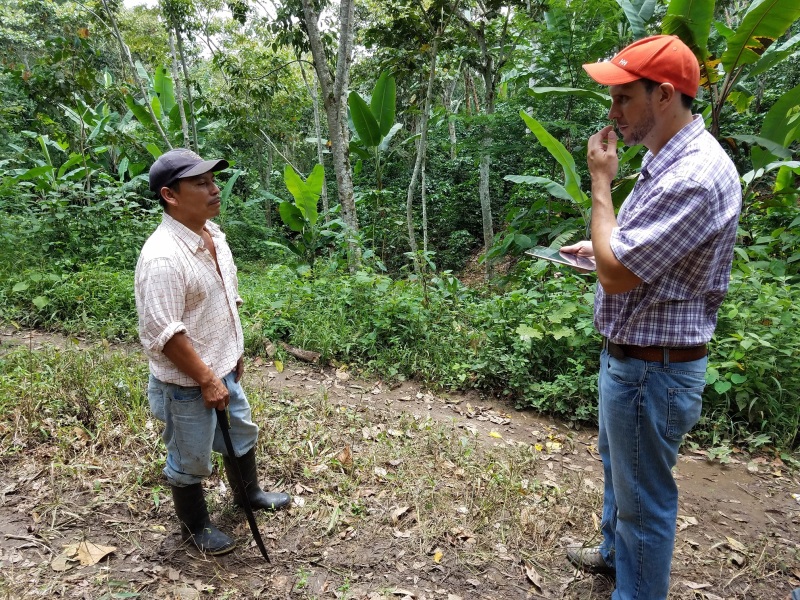In 2015, after 7 years of facilitating business development loans to small-holder farmers in 5 Central American countries, the CAMBio program closed doors. This program was implemented by the “Banco Centroamericano de Integración Económica (BCIE)”, with financial support from United Nations Development Programme (UNDP) and the Global Environmental Facility (GEF).
Working with local financial institutions and banks, BCIE created a series of credit lines available to small and medium size enterprises in Nicaragua, Guatemala, Honduras, El Salvador and Costa Rica. The caveat was that in order to access these credit lines, SME had to implement business plans that created conditions conducive to biodiversity conservation and natural sustainable agriculture.
R4Dsct provided expert advice, project evaluation and geospatial support services
On August 2015 Ecoagriculture Partners contracted R4Dsct to support a biodiversity impact assessment to identify whether the CAMBio program contributed in some way to the conservation of the biological assets and habitat of the landscapes where CAMBio credits had been previously allocated.

Capital allocated through banking credits across the administrative areas in the Central American countries participating in the CAMBio program
In this collaboration, R4Dsct provided indispensable support to Ecoagricutlure Partners. Our team extended advice during the planning phase of the assessment. In addition, our team supported field data collection. One key development made possible by our team of consultants, was the implementation of mobile-based data collection app using the Fulcrum platform. This allowed our collaborators to seamlessly collect field data and reduce much of the processing time while improving the quality of the results obtained.

Field data collection made easy by incorporating tablets and mobile data collection apps
R4Dsct also provided ample support to the biodiversity impact assessment by incorporating advanced geospatial analysis. For example, in order to understand biodiversity distributions patterns and rank the relative ecological importance of different sites located in the landscapes covered by the projects, our team of consultants used the LEFT, a mapping tool for biodiversity risk assessment developed by researchers from the University of Oxford.

Example of one of the GIS products generated by LEFT
Statistical and spatial analysis allowed us to conclude that CAMBio loans were allocated to sites important for biodiversity conservation within these territories. Furthermore, our evaluation help identify a series of project, institutional and context conditions and characteristics that resulted in the implementation of management practices generally associated with improved biodiversity conservation in agricultural landscapes. These and other results can be found in the executive summary of the CAMBio biodiversity assessment put together by EcoAgriculture Partners.

Reblogged this on R4Dsct and commented:
Check out some of our work
LikeLike